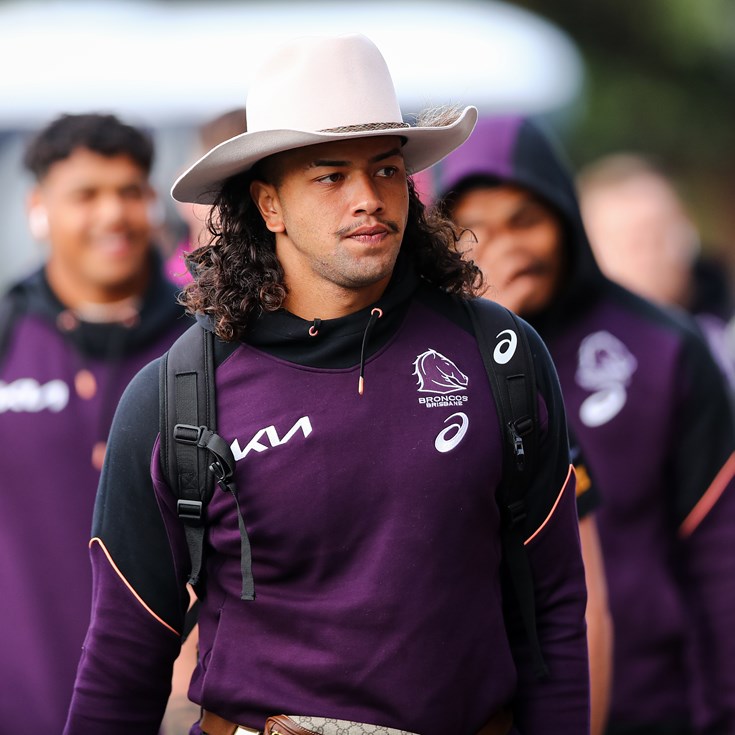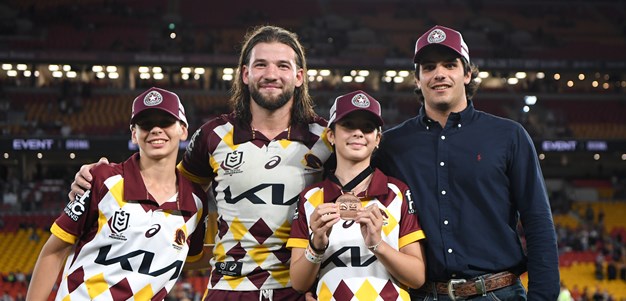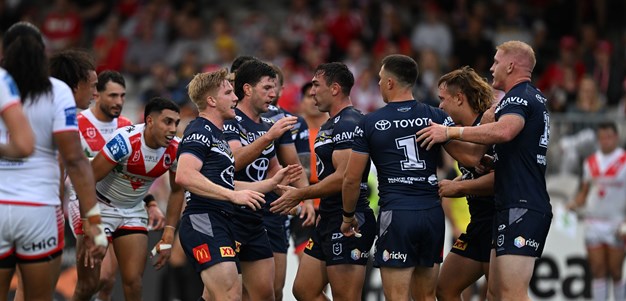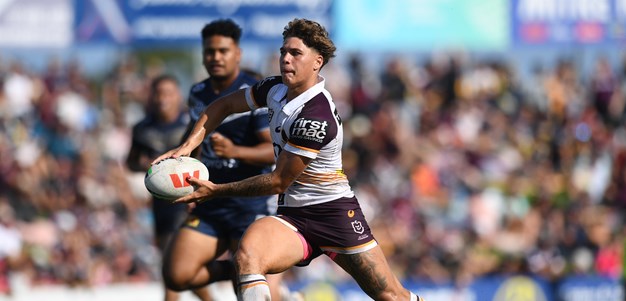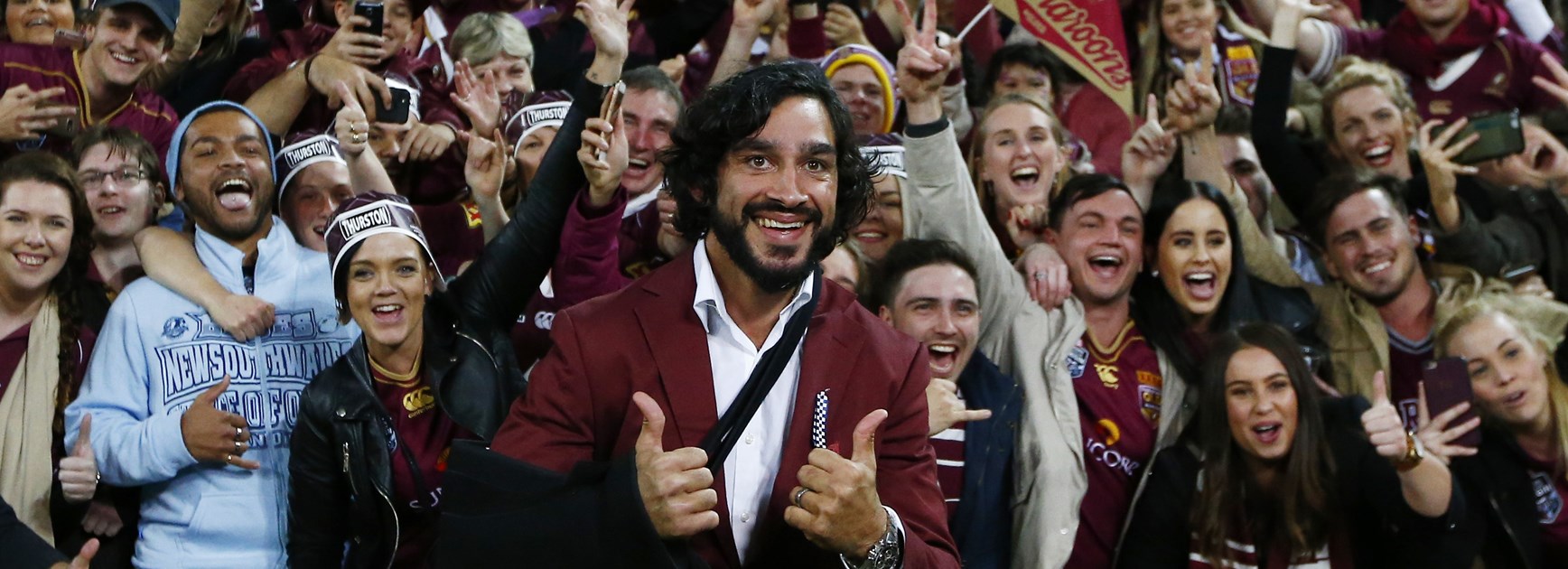
They've produced many absorbing clashes - not least the epic 2015 grand final - and the neighbouring Broncos and Cowboys share a special rivalry.
Another must-see derby will be staged in round one at the new Queensland Country Bank Stadium in Townsville, complete with a bronze statue of Cowboys hero Johnathan Thurston outside.
Journalist and author Joe Gorman delved into the clubs' "unique" relationship in his book Heartland: How Rugby League Explains Queensland, published last August.
Gorman recalled how a packed-out 1989 Broncos Panasonic Cup quarter-final match against the Eels at Townsville Sports Reserve planted the seeds for a North Queensland NRL team.
"The potential's always been there. It was just packaging that up to properly represent North Queensland and properly represent Brisbane," Gorman told NRL.com.
"Now we've got the brilliant rivalry between the Broncos and the Cowboys which everyone tunes into. Even people who aren't from Queensland still want to watch that game.
"In the book, Peter Parr, the general manager of football at North Queensland, says that the Queensland derby is a unique in that most football rivalries are built on hatred and dislike of one another, whether it be race, religion, class or whatever. But this rivalry is based on friendship and respect."

In Heartland, Gorman looks at the way rugby league has represented, united and shaped Queensland from about 1974 through to the 2015 grand final, encapsulating the state's underdog spirit.
"I wanted to recognise the highs and lows along the way," he said.
"The lows were obviously the end of the old Brisbane Rugby League competition – Valleys, Brothers and all of those historic clubs – and the demise of the Foley Shield in North Queensland.
"But what grew out of that was a pretty successful state league, which we've still got today with the Intrust Super Cup, and three NRL teams in Queensland's three major cities.
"In the 1990s, Brisbane grew up and became a real city. People returned from interstate, the population was growing, and the Broncos were a part of that."
Gorman was born in Brisbane, grew up in New South Wales, and now lives in Cairns. Asked whether New South Wales or Queensland is more passionate about the game, he offered an interesting take.
The making of JT's statue
"It's not that there's more passion in Queensland, it's that the passion is directed to a different place. In Sydney, the fans follow their clubs first and New South Wales second," he said.
"Up here, the passion is directed primarily to Queensland in Origin and then secondarily to your own club.
"That's why I concluded the book with the 2015 grand final between the Cowboys and the Broncos. I thought that was the perfect moment: you could see that people wanted the Cowboys to win because they were the underdogs, but it didn't really matter. There was a feeling that because a Queensland team was going to win the grand final, that's all that mattered.
"You couldn't imagine that feeling between two Sydney clubs."
Extract from Heartland: How Rugby League Explains Queensland by Joe Gorman
Thurston 2015 - NRL
Johnathan Thurston had been kicking a football since he was a four-year-old ball boy for his father’s pub team in Brisbane. Learning to manipulate the Steeden – to shape its flight or make it bounce a certain way – had been a lifelong preoccupation.
Thanks to a combination of dependable technique and unshakeable nerve, Thurston was often the difference between a win and a loss in both club and representative football.
Who could forget that crucial field goal during his Origin debut in 2005? Or that remarkable stretch of seven games in 2010 when he slotted 24 conversions on the trot for the Cowboys? It seemed, for a time, as if he would never miss again.
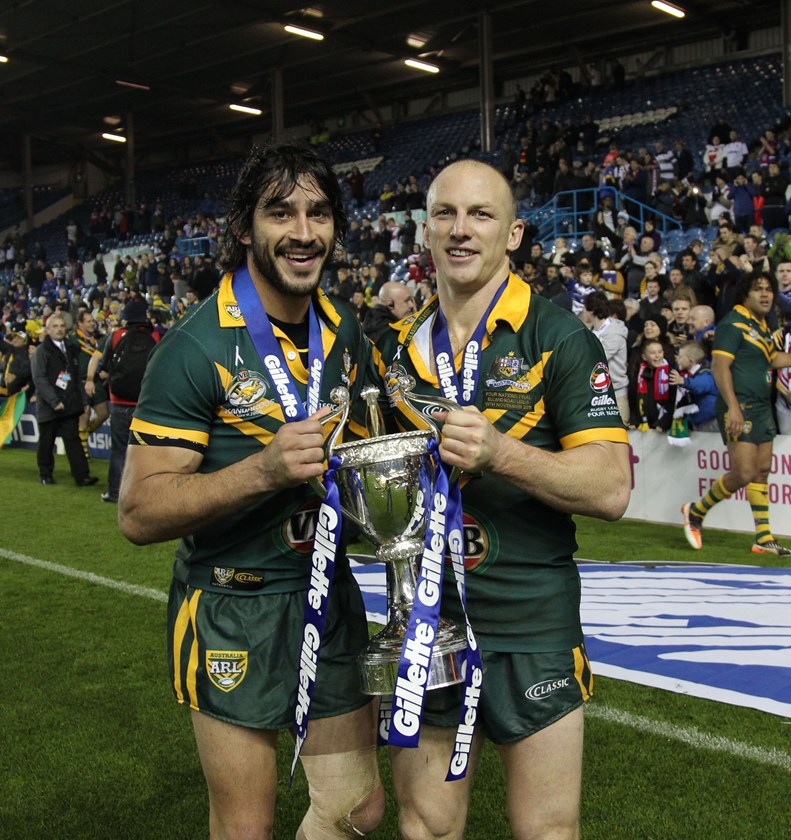
Immediately after each kick conversion, regardless of whether it was successful, he would collect the tee and hand it gently to a starstruck ball boy.
It was gestures like these that helped to create a bond between footballer and fan that few other players in the modern era could match.
Thurston was no angel but he typified the recuperative quality of rugby league. Rough, honest, emotional – it was clear just how much effort he put into everything he did, whether it be tackling a bigger opponent, darting through a gap in the defensive line, or talking to the media.
He was not blessed with the effortless grace of Darren Lockyer, but his determination and focus were unmatched.
The arc of Thurston’s career told a story that league people could identify with: here was a man who had grown up in a housing commission suburb, who had to work for an NRL contract after being overlooked by several scouts, and who always seemed a chance of falling off the rails entirely were it not for the support of his family, a bit of luck, and his intense love of the game.
While Thurston could never be defined by a single attribute, it was his kicking – those small moments of individual brilliance – which so often created the impression that he could win football matches single-handedly.
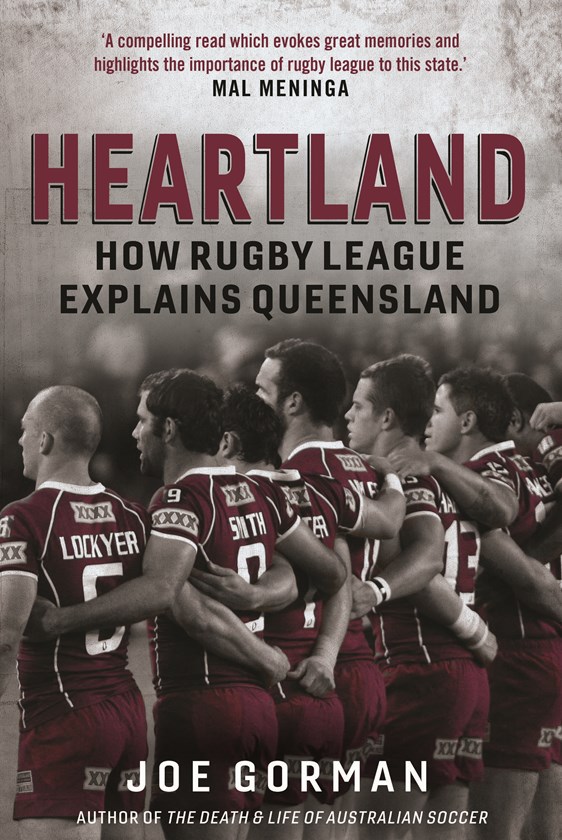
In any given match, he might smash an opponent in defence, orchestrate the attacks, create the try – or score it himself – and then turn four points into six with the conversion. If his team needed a late field goal, JT was the man.
Most of all, Thurston’s kicking highlighted his tremendous ability to step up at just the right moment. Those big swinging conversions and clutch field goals created the aura of a legend.
By 2015 he was being mentioned in the same breath as Darren Lockyer, Wally Lewis, Allan Langer, and Andrew Johns.
Matthew Johns predicted that Thurston would become the greatest halfback of all time while Bob Fulton, one of the game's original Immortals, said it would not be long before JT joined the exclusive club. “To me, he is the complete package,” said Fulton. “In fact, six years ago I was asked to name one player who you could build a club around and I nominated JT.”
Yet the new season did not begin well for Thurston.
The Cowboys lost to the Sydney Roosters in Round 1, Newcastle in Round 2, Brisbane in Round 3 and, with 10 minutes to play in the Round 4 clash against Melbourne, were facing the prospect of a fourth defeat in a row. The sun had set in Townsville and Cooper Cronk, Thurston’s opposite number, had just converted a field goal to put Melbourne seven points in front.
It was Thurston who changed the game. With three minutes left on the clock, the Cowboys crossed in the corner and JT was tasked with converting from the sideline. Hastily he went through his usual routine – the wiggle of the toes, the steps back and to the side, the visualisations – and struck it sweet and true. From the moment the ball left his boot it homed in on the target like a tracer missile, bringing the Cowboys to within one point.
In the final play of regulation time, with the Cowboys still trailing by one, the ball was shovelled to Thurston from dummy half.
From 30 metres out, directly in front of goal and with several Melbourne players bearing down on him, he launched a textbook field goal to level the score.
Thurston waved his arms to the Townsville crowd, urging them to lift. There was still more to do. Five minutes of extra-time passed, and once again JT was fed the ball from dummy half. From almost exactly the same spot as his first field goal, he fired another drop-kick over the black dot to win the game.
“As much as the players were under the pump for losing the first three games, it was just as much if not more pressure on us as staff,” explained Paul Bowman, the Cowboys’ strength and conditioning coach.
“That’s a trademark of some of the great players – and JT’s right up there with the greatest – they just want the big occasion. They thrive on the pressure of the situation and being the hero, whereas most normal people probably crumble under that sort of pressure.”
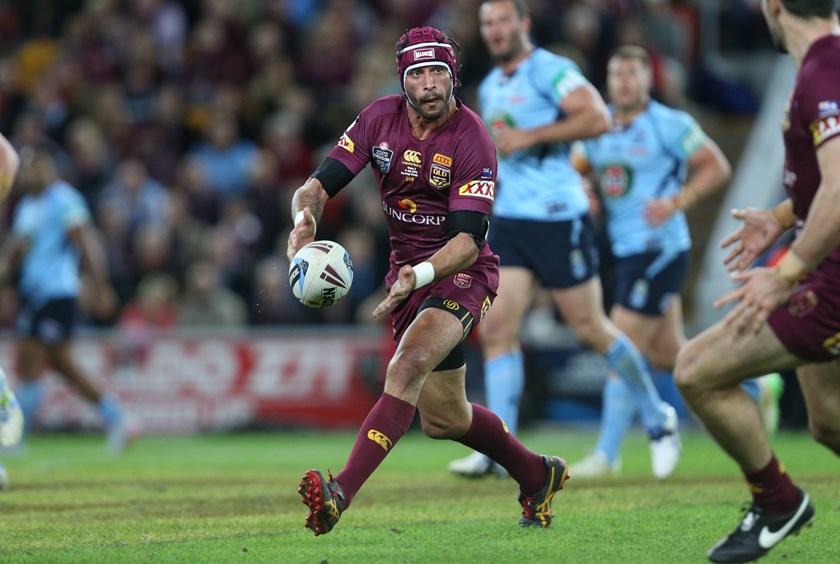
The victory immediately changed the trajectory of the season.
From there the Cowboys went on a club-record unbeaten streak, defeating Penrith, Souths, New Zealand, Newcastle, Canterbury-Bankstown, Brisbane, Wests Tigers, Manly, Parramatta and Canberra.
By May, as State of Origin rolled around once more, pundits and fans alike were ready to believe that North Queensland could finally win a premiership.
For one thing, the Cowboys had built a squad to rival any other in the NRL. Under the guidance of head coach Paul Green, there was brains, brawn, and balance to complement Thurston’s brilliance.
In 2015, JT would once again be the star performer in the NRL and in State of Origin, becoming the first man to win four Dally M Awards for player of the year.
And the North Queensland Cowboys, following a run of four consecutive finals appearances between 2011 and 2014, would finally go one better.
Through it all, Thurston would land 93 conversions and a career-best six field goals.
His right boot would determine one of the finest seasons in the history of Australian rugby league.
